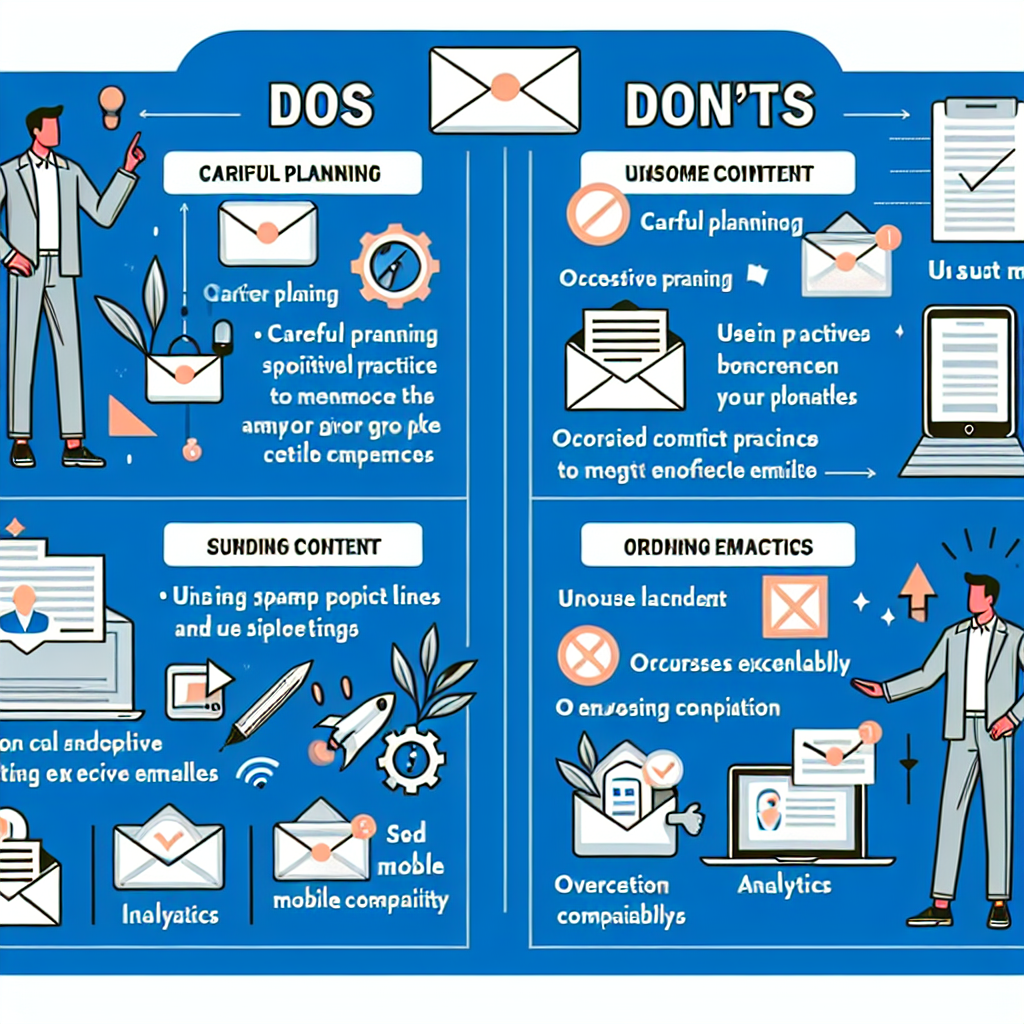The Importance of Email Segmentation
In today’s digital age, email marketing remains one of the most effective ways to reach and engage with your audience. However, sending generic emails to your entire subscriber list can result in low engagement rates and high unsubscribe rates. This is where email segmentation comes into play. By dividing your email list into smaller, targeted groups, you can deliver more relevant content to your subscribers, ultimately leading to higher open rates, click-through rates, and conversions. In this blog post, we will delve into the importance of email segmentation, its benefits, and how you can implement it effectively in your email marketing strategy.
What is Email Segmentation?
Email segmentation is the practice of dividing your email list into smaller, more targeted groups based on specific criteria. These criteria can include demographics, purchase history, engagement levels, and more. By segmenting your email list, you can tailor your messages to better meet the needs and interests of each group, resulting in more personalized and relevant content.
Why is Email Segmentation Important?
Email segmentation is important for several reasons:
- Improved Engagement: Segmented emails have higher open and click-through rates compared to non-segmented emails. According to Mailchimp, segmented campaigns have an open rate that is 14.31% higher and a click rate that is 100.95% higher than non-segmented campaigns.
- Increased Conversions: When you send targeted content that resonates with your audience, they are more likely to take action. This can lead to higher conversion rates and increased revenue for your business.
- Reduced Unsubscribe Rates: Subscribers are less likely to unsubscribe if they receive content that is relevant and valuable to them. Segmentation helps ensure that your emails are more aligned with your subscribers’ interests and preferences.
- Better Deliverability: Sending relevant content to smaller, targeted groups can improve your sender reputation and email deliverability. This means that your emails are more likely to reach your subscribers’ inboxes rather than being marked as spam.
Types of Email Segmentation
There are several ways to segment your email list, depending on your business goals and the data you have available. Here are some common types of email segmentation:
Demographic Segmentation
Demographic segmentation involves dividing your email list based on demographic factors such as age, gender, location, income, and education level. This type of segmentation is useful for tailoring content to specific demographic groups and ensuring that your messages resonate with their unique needs and preferences.
Behavioral Segmentation
Behavioral segmentation involves segmenting your email list based on subscribers’ actions and behaviors. This can include their purchase history, website browsing behavior, email engagement levels, and more. Behavioral segmentation allows you to send highly targeted and personalized content based on your subscribers’ past actions and behaviors.
Engagement Segmentation
Engagement segmentation involves dividing your email list based on how engaged your subscribers are with your emails. You can segment your list into groups such as active subscribers, inactive subscribers, and new subscribers. This allows you to tailor your messages to different engagement levels and re-engage inactive subscribers with targeted campaigns.
Psychographic Segmentation
Psychographic segmentation involves dividing your email list based on subscribers’ interests, values, attitudes, and lifestyles. This type of segmentation allows you to create content that resonates with your subscribers on a deeper level and aligns with their personal values and interests.
Best Practices for Email Segmentation
Implementing email segmentation effectively requires careful planning and execution. Here are some best practices to keep in mind:
Collect Relevant Data
To segment your email list effectively, you need to collect relevant data about your subscribers. This can include demographic information, purchase history, email engagement levels, and more. Use sign-up forms, surveys, and website analytics to gather the data you need to create targeted segments.
Define Clear Segmentation Criteria
Before you start segmenting your email list, define clear criteria for each segment. This will help you create targeted and relevant content for each group. Consider factors such as demographics, behavior, engagement levels, and psychographics when defining your segmentation criteria.
Create Targeted Content
Once you have segmented your email list, create content that is tailored to each segment’s unique needs and interests. This can include personalized product recommendations, targeted promotions, and relevant content that resonates with each group.
Test and Optimize
Email segmentation is not a one-time effort. Continuously test and optimize your segments to ensure that they are delivering the desired results. Use A/B testing to compare different segments and identify which ones are performing best. Adjust your segmentation criteria and content based on your findings to improve your email marketing performance.
Monitor and Analyze Performance
Regularly monitor and analyze the performance of your segmented email campaigns. Track key metrics such as open rates, click-through rates, conversion rates, and unsubscribe rates to evaluate the effectiveness of your segmentation strategy. Use these insights to make data-driven decisions and refine your approach.
Conclusion
Email segmentation is a powerful tool that can significantly improve the effectiveness of your email marketing campaigns. By dividing your email list into smaller, targeted groups, you can deliver more relevant and personalized content to your subscribers, leading to higher engagement, conversions, and customer satisfaction. Implementing email segmentation requires careful planning, data collection, and ongoing optimization, but the benefits it offers make it well worth the effort. Start segmenting your email list today and unlock the full potential of your email marketing strategy.


